The Role of Modern Technologies Used in Emergency Communications & Public Safety
Every second matters in emergencies, making modern communication systems crucial for public safety. In the wake of National First Responder Day in...
We provide solutions to an array of industries.
Supporting your global communications
Connecting your clients no matter where
Network management and proactive monitoring
Tailored solutions from concept to delivery
Bespoke applications for optimal efficiency
Electrical, retrofits, installations and more
Technical Support
Supporting your global communication needs throughout your organization
On-Site Support
Supporting your global communication needs throughout your organization
3 min read
Network Innovations : Aug 13, 2021 9:34:11 AM
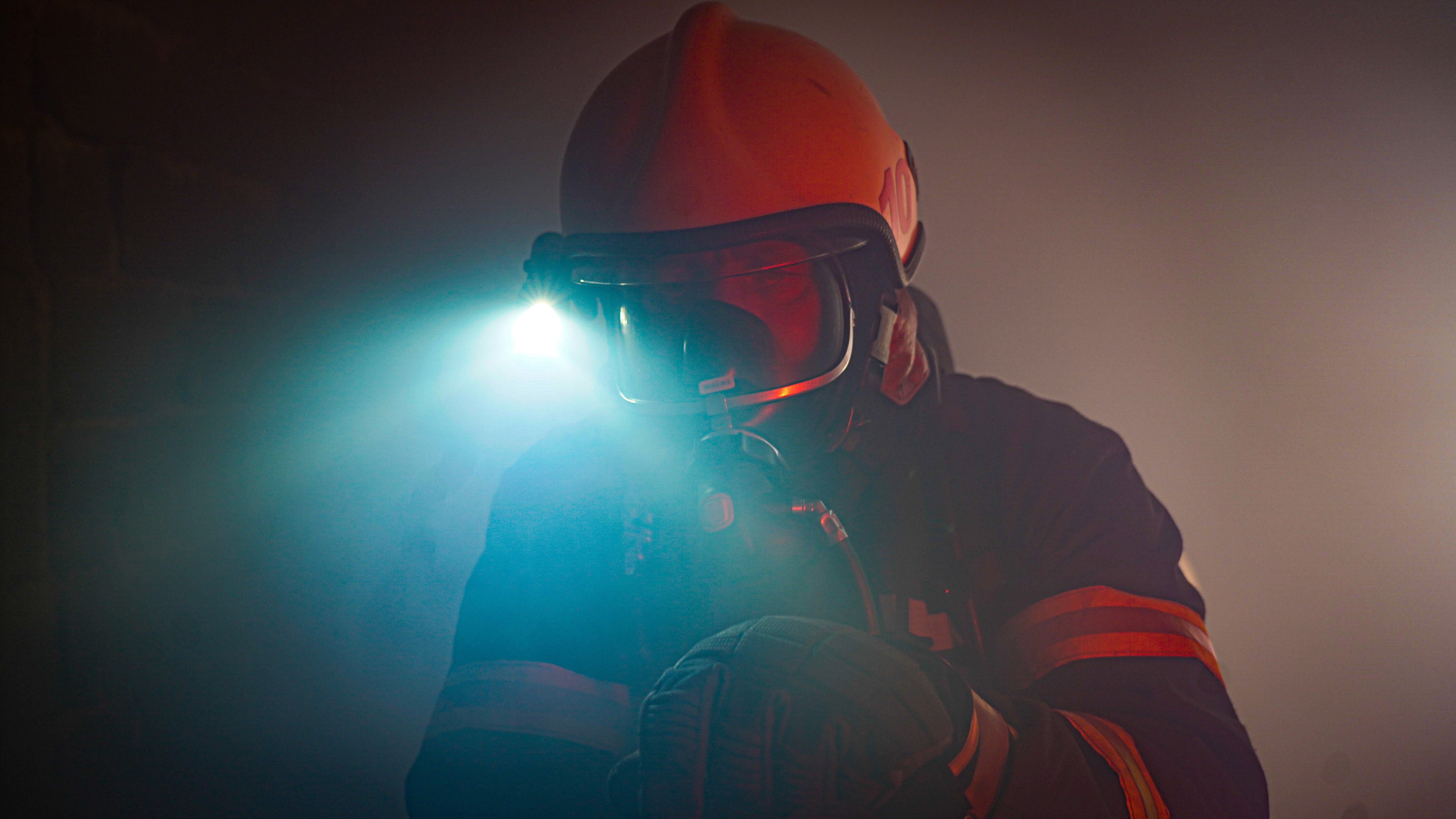
When disasters strike, communications are crucial. Emergency response teams require working communication networks to share timely situational awareness & coordinate efforts for rapid response.
Natural disasters continue to ravage our planet. Floods, earthquakes, forest fires, and hurricanes devastate communities, infrastructure, and lives. Fortunately, dedicated first responders and mobile emergency response teams run towards catastrophe, braving crisis situations to save those in danger.
When disasters strike, communications are crucial. Emergency response teams rely on working communication networks to connect with command centers, share timely situational awareness data, and coordinate efforts to allocate resources for effective and rapid response. With lives dependent on it - reliable, uninterrupted connectivity is critical.
Unfortunately, major disasters also tend to take terrestrial communication networks down, toppling cell towers or damaging fiber networks, leaving infrastructure vulnerable to power outages and system overloads. In 2017, Hurricane Maria’s category 5 winds wiped out much of Puerto Rico’s cell tower infrastructure, leaving 91% of Puerto Rico without cellphone coverage for weeks and in some areas, months. 2019’s Hurricane Dorian brought 185 mph winds, along with torrential rain and 20+ foot tsunami-level waves - collapsing buildings, infrastructure, and reducing telecom masts to pieces, rendering government agencies unreachable.
So how do emergency response teams stay connected when terrestrial network infrastructure is obliterated? How do deployed emergency teams remain in contact during a crisis?
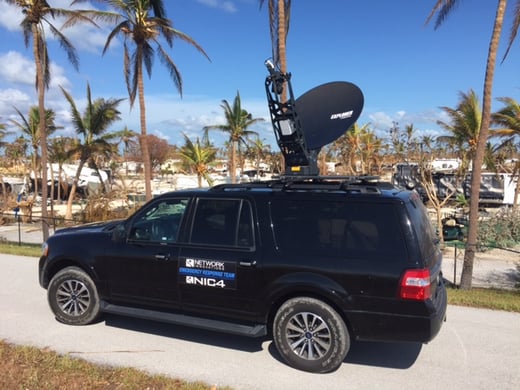 Satellite-enabled communications and connectivity solutions are indispensable tools supporting first responders and search & rescue teams. Because satellites send and receive signals in orbit outside of the earth’s atmosphere, they are not susceptible to the damages wrought by natural disasters. They continue to work when terrestrial infrastructure is down to aid disaster management response teams. Or, when emergency and first responders need to work in remote areas far from any existing communications infrastructure, satellite communications (satcom) solutions are the only means to do so.
Satellite-enabled communications and connectivity solutions are indispensable tools supporting first responders and search & rescue teams. Because satellites send and receive signals in orbit outside of the earth’s atmosphere, they are not susceptible to the damages wrought by natural disasters. They continue to work when terrestrial infrastructure is down to aid disaster management response teams. Or, when emergency and first responders need to work in remote areas far from any existing communications infrastructure, satellite communications (satcom) solutions are the only means to do so.
During unexpected disasters, quick to deploy mobile and portable satcom field equipment can provide immediate communications capabilities, allowing rescue personnel to quickly assess a situation, call in support resources, triage the hurt or injured with telemedicine services, and quickly restore order. In search and rescue operations when time is truly of the essence, the less time it takes ground crews to locate and get to those requiring assistance, the better the chances of survival.
Satellite phones beam data directly to and from satellites orbiting the earth making it possible for deployed emergency teams, lone workers, or those in a precarious situation to remain in contact regardless of cellular network destruction. Satellite phones are used for making voice calls and sending short text messages – not for browsing the web the way you would on a smart phone.
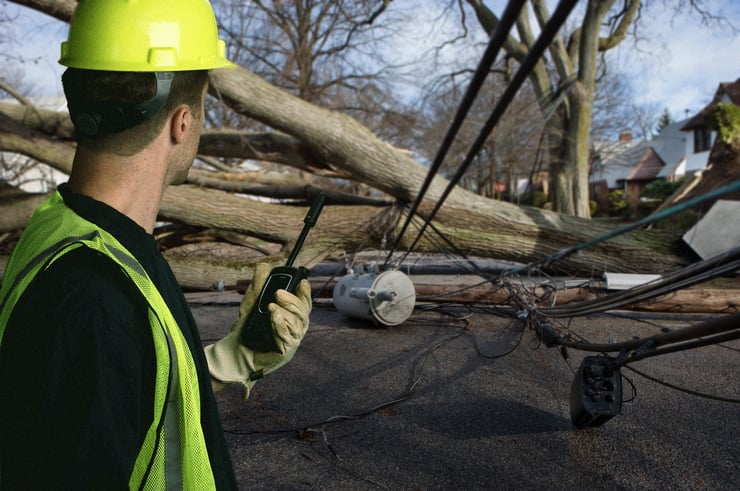
Satellite PTT terminals are two-way radio systems powered via satellite networks and provide users the ability to conduct group communications which is key when coordinating efforts across multiple emergency response organizations (i.e. fire, police, ambulance, search & rescue, etc.) Iridium PTT terminals possess more features and capabilities than a satellite phone including GPS enabled location-based services, configurable talk groups, enhanced SMS and email messaging capabilities, SOS access and more.
As the situation evolves, portable satellite-linked command centers can be rapidly deployed to oversee food, water, and shelter provisioning to protect public safety and ensure continuity of operations for recovery teams. Where higher data requirements are necessary, a multitude of portable satellite solutions are available including BGAN (Broadband Global Area Network) terminals, Cell on Wheels solutions (COWs) and Cell on Light Trucks solutions (COLTs).
BGAN terminals provide broadband internet and phone connectivity in portable sizes through satellite and or hybrid satellite/cellular networks. These compact units can provide instant, high bandwidth voice, data and video connection back to command centers and HQ so all units involved can share pertinent information.
Satellite-enabled COWs & COLTs are portable mobile cellular stations that provide temporary network and wireless coverage to locations where cellular coverage is minimal, compromised, or destroyed. These units are quick to deploy, use satellite backhaul services for connectivity and provide critical voice and data services to rescue and recovery workers. These solutions can also help those directly impacted by the disaster contact their loved ones and let them know that they are safe via email, social networks, or phone.
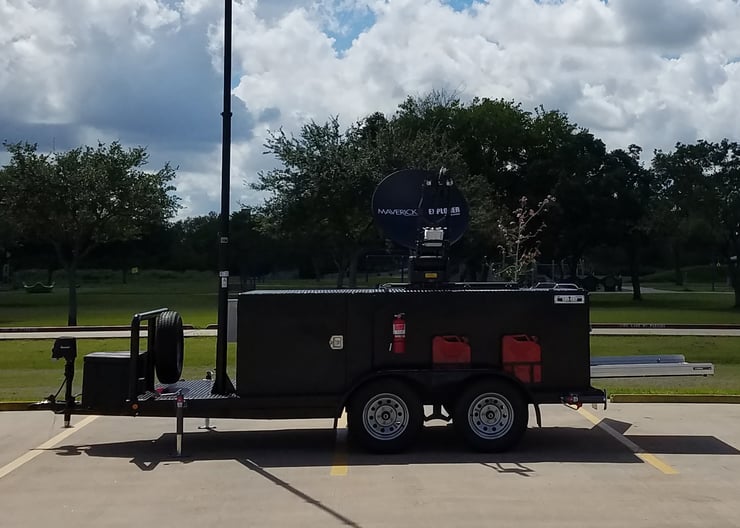 Satellite-enabled CoW Cell-on-Wheels
Satellite-enabled CoW Cell-on-Wheels
Network Innovations provides emergency responders and emergency relief workers with satellite connectivity solutions for primary and backup communications. In the days following Hurricane Dorian’s destruction, the Network Innovations team delivered essential connectivity through satellite phones and two-way radio systems, helping set up talk groups for relief organizations so they could communicate and coordinate efforts.
Dedicated to supporting the efforts of those who dedicate their lives to helping others in crisis, Network Innovations provides satellite connectivity, communications, and interoperability solutions for emergency response teams to Succeed. Anywhere.
To learn more about satellite connectivity solutions, please feel free to contact us.
.png)
Every second matters in emergencies, making modern communication systems crucial for public safety. In the wake of National First Responder Day in...
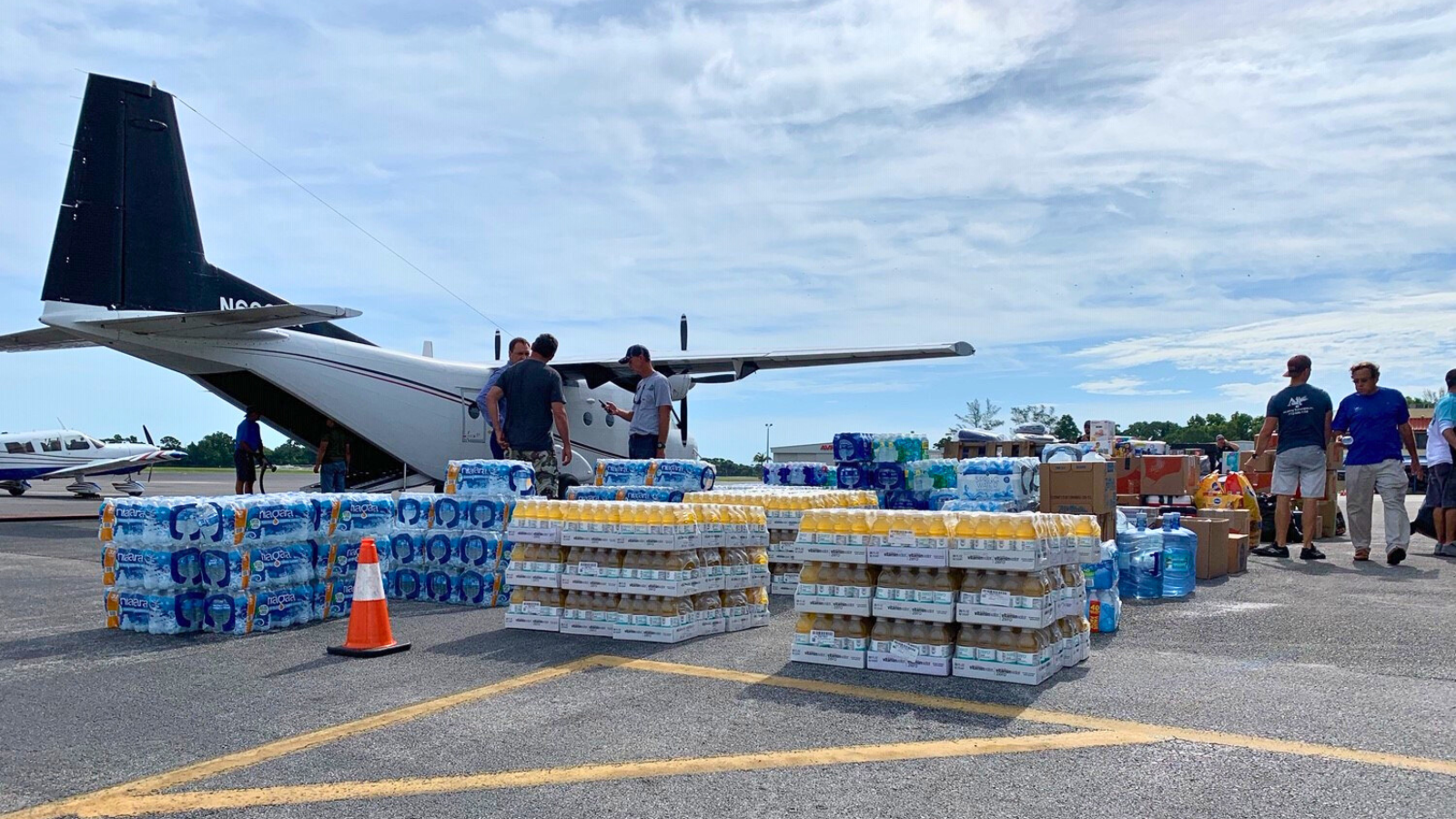
When disaster strikes, clear and reliable communication can mean the difference between confusion and control.
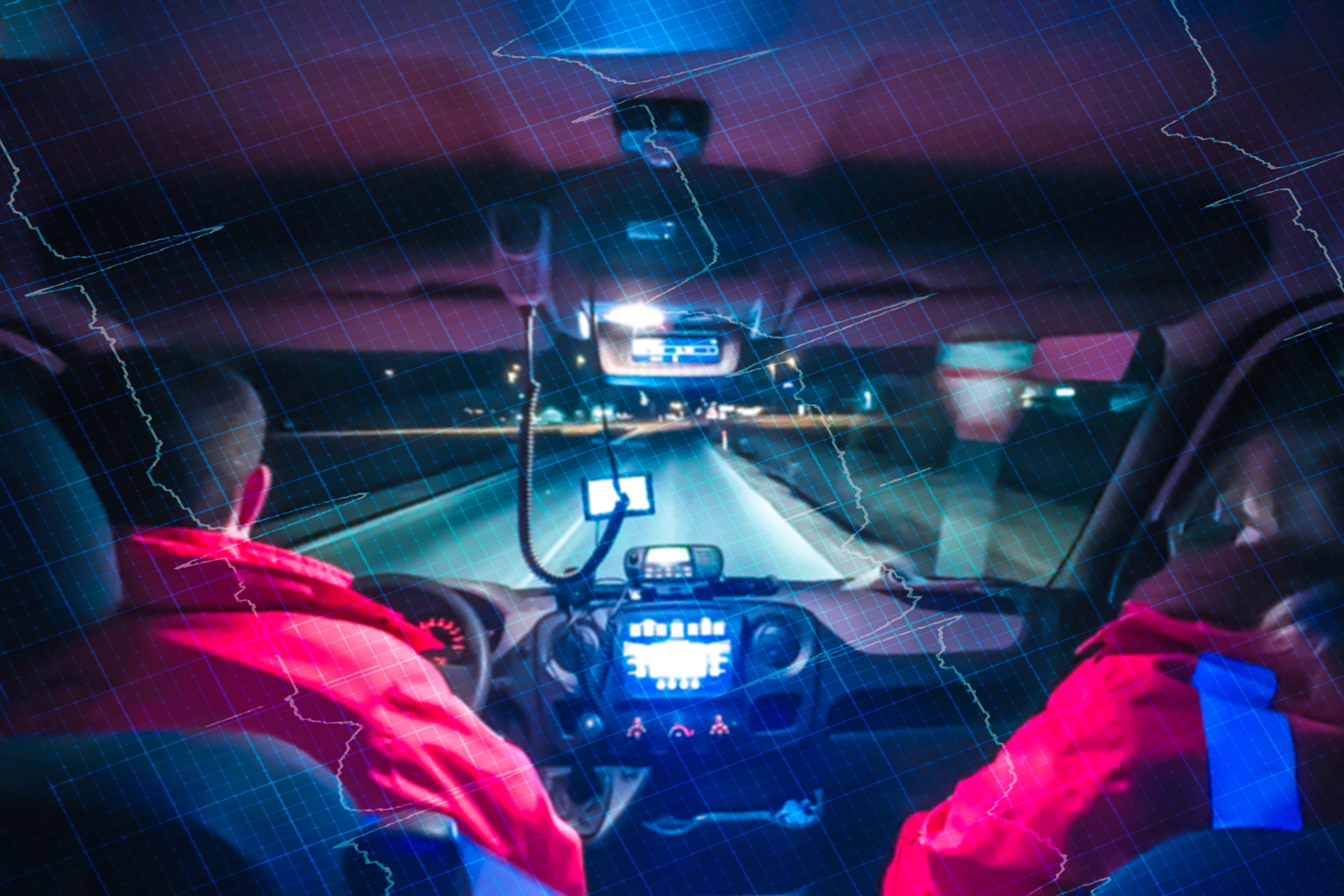
Disaster relief depends on quick decision-making and action response. When there is no room for error, first responders must rely on their...